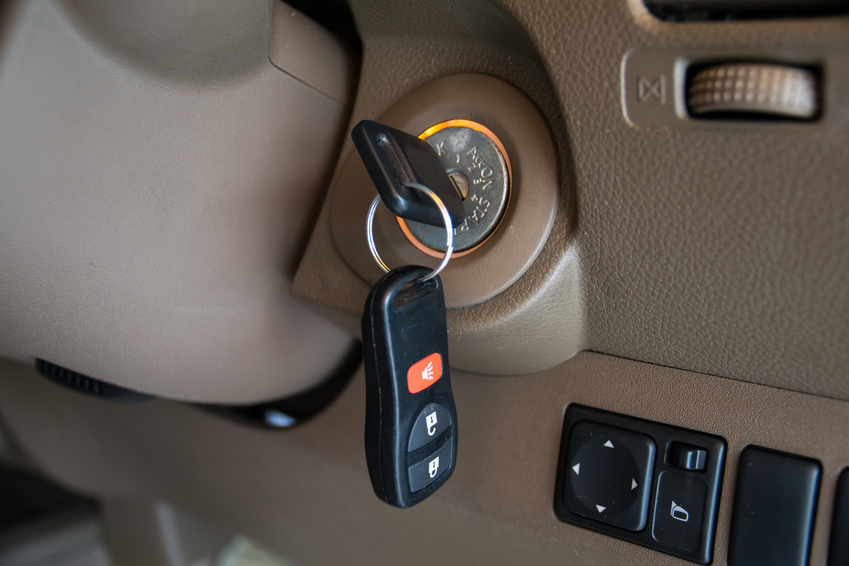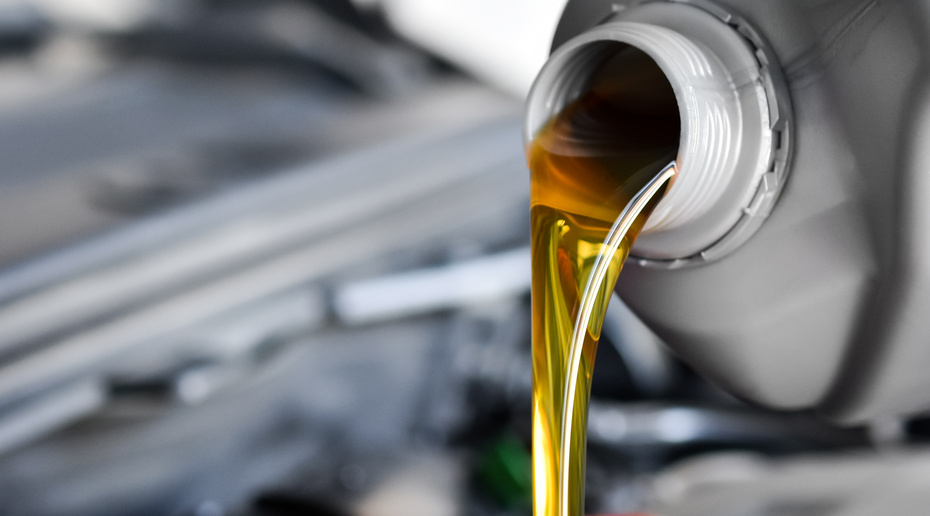Like humans, cars also bear the brunt of cold weather. That is why they also need extra attention and care during the winter season to function properly. With winters not far, you should be ready to deal with your car on cold mornings.
Car not starting on a cold morning is a common occurrence as low temperatures can cause your car battery to produce less current, making it that much harder for your engine to turn over. The cold can also stop your engine oil from flowing as well as it should, which puts even more strain on the battery. Essentially, cars and cold don’t get on well.
4 Reasons Why Your Car Might Not Start on a Cold Morning
To prevent starting issues in cold weather, it can be helpful to know the reasons why cars often struggle when the temperature drops. Below, we list the four main reasons for winter starting problems:
- Car batteries produce less electrical current when it’s cold, due to the chemical reaction being slower than on a warm day. Cold batteries simply don’t produce the same amount of power as warm batteries, and this effect can lead to starting issues.
- When it’s cold, engine oil becomes thicker and doesn’t flow around the engine as well. This means it’s more difficult to pump through the engine block, placing additional strain on the battery. If the battery is already low on power, this can result in a non-starter.
- In the rare event that there’s moisture in the fuel lines, this can freeze and cause a fuel blockage, meaning the engine won’t start. This is particularly common in the fuel lines, which are thin and easily blocked by ice. And as for diesel drivers, bear in mind that diesel ‘gels’ in the cold, meaning it will take longer to deliver power to the engine on start-up.
- The fourth reason for starting issues doesn’t apply to all motorists, but those who drive older cars fitted with a carburettor. Carburettors are particularly susceptible to cold conditions, largely due to their small nozzles, which can become clogged and don’t allow moisture to evaporate, causing a build-up of ice. Most modern cars don’t have a carburettor, so if yours was built in the last 20 years, there’s no need to worry. If you drive a classic car, however, be aware that the carburettor could cause problems.
How to Start the Engine
1. Turn everything off
All your standard electrical accessories such as headlights, heaters and radios use up battery power, so turning all of these off before trying to start the car will give the battery a much better chance of getting the engine going. If your engine does start, let it run a while before you switch any of these accessories back on or you run the risk of killing the battery again.

2. Dip the clutch when turning on the ignition
Another sneaky trick that can sometimes work is dipping the clutch slightly as you turn the ignition. This actually reduces the amount of work the battery has to do, and gives the engine a fighting chance of starting up, even in a cold car.
3. Check your battery leads are clean and tightened
Locate your car battery under the bonnet and take a close look at the cables. If you can see signs of corrosion – a salty, crusty substance – then you’ll need to clean this so the battery can work properly. Making sure you’re wearing protective goggles and gloves, disconnect the battery cables (negative first) and clean with a toothbrush and a strong mixture of baking soda and water. When you replace the cables, always connect the negative one last to avoid electric shock.
If your cables are corrosion-free, it’s still a good idea to check how tight they are, as loose cables can stop the current from flowing properly. If the clamps are loose, tighten them up before trying the ignition again.
4. Fill up your engine oil
Does your engine sound like it’s really struggling to turn over when you try the ignition? It might be because you’re low on engine oil. If your oil is low it puts a lot more strain on the battery to start the engine, and if the battery is cold or not in top condition to begin with then you’ll never get off the mark. Use a dipstick to check oil levels and, if it’s looking low, top it up before you try to start the engine again.

5. Jump start
This really should be your last resort, when you’ve exhausted all other options. Even if you have jump leads in your car, it’s not a good idea to attempt it if you don’t know what you’re doing as you can hurt yourself or damage your car.
If, however, you’re an old hand at jump-starting this is worth a try if can find a good Samaritan with a running car to help you out.
With both cars in neutral and engines off, attach one end of the red jump cable to the positive battery terminal on your car, and the other end on the positive terminal on the battery of the other car. Then attach one end of the black jump cable to the negative terminal on the battery of the other car, and the other end to an unpainted metal surface on your own vehicle. Then start the engine of the other car and leave it running a few minutes before you start your own engine.
Unfortunately, if this doesn’t work, it really is time to call for that breakdown service.
Preventing non-starters in the future
If you can’t face the idea of dealing with this nightmare in the morning when you’re already stressed about getting the children to school and being at work on time, then read on. Prevention is better than a cure and these tips could keep you on the road this winter.
Replace your battery
If your battery has been playing up recently you might want to consider taking it to the garage to get a battery replacement. It’s an unwanted strain on the wallet, sure, but it’s worth it to prevent potentially more costly breakdown callouts each time your weary battery fails you on a cold morning.

Keep your petrol tank topped up
We all know that an empty petrol tank means a stationary car, but did you also know that starting a cold car first thing in the morning uses 40% more fuel than usual? In other words, if you’re heading home from work tomorrow evening and you notice your fuel tank is looking a little low, it’s a good idea to fill up before you park it up for the night, or you might find yourself caught short the next morning.
Use the right oil
There are sometimes different engine oils you can use especially for cold weather. Check your owner’s manual to see if you’re using the right one for cold weather conditions and invest in some new oil if you’re not.


